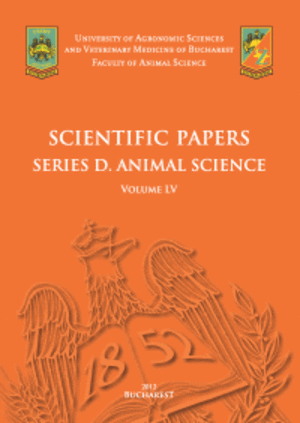Published in Scientific Works. Series C. Veterinary Medicine, Vol. LXXI, Issue 1
Written by George Laurențiu NICOLAE, Cătălina GEORGESCU, Teodoru SOARE, Manuella MILITARU
Bone marrow (BM) evaluation is critical in diagnosing haematological disorders and staging different types of cancer. However, recent studies suggest its role in detecting disseminated tumour cells. This literature review aims to highlight the importance of BM evaluation and aid practitioners in collecting high-quality samples, focusing on domestic carnivores, horses, and laboratory animals, emphasising indications, types of specimens, and sampling techniques. Various indications for BM evaluation include peripheral blood abnormalities, lymphoma staging, myeloproliferative disorders and toxicological analysis. The main types of specimens are BM aspirate and BM core, each requiring a different type of needle. For domestic carnivores, the most accessible sites for collection are the proximal humerus and the iliac crest, while for horses, collection is performed from the sternum. In laboratory animals, BM aspiration is typically performed using the femur, tibia or the iliac crest as the collection site. BM sampling differs between species and can be challenging to obtain in some cases. Choosing the proper sampling technique and corroborating results with clinical and haematology data is important to maximise BM evaluation.
[Read full article] [Citation]



